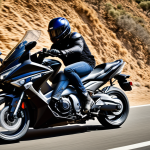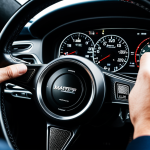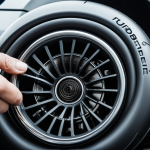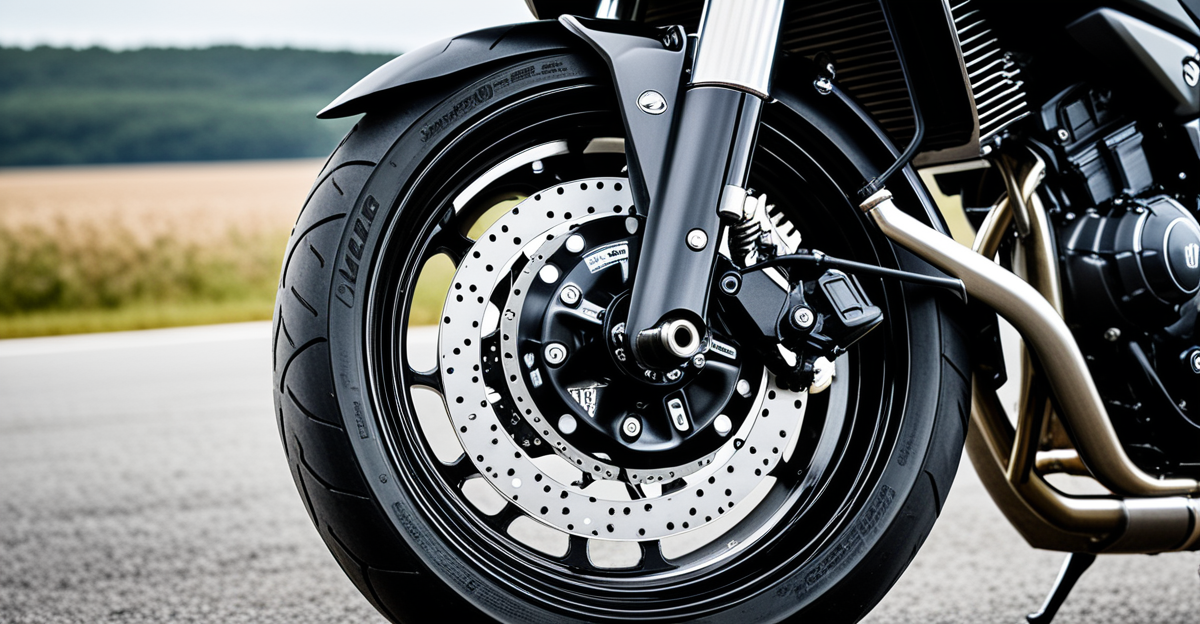Essential Tools and Safety Precautions for Honda NC750X Brake Fluid Maintenance
Before performing Honda NC750X brake fluid maintenance, gathering the right tools is critical. Essential tools include a clear view of the brake fluid reservoir, a clean funnel, a turkey baster or syringe for fluid removal, fresh DOT 4 brake fluid, a wrench to open the reservoir cap, and lint-free rags to catch spills. Using the correct tools ensures precise handling and avoids contaminating the brake fluid.
Safety is paramount when working with brake fluid, a corrosive substance that can damage paint and skin. Always wear gloves and safety glasses to protect yourself from splashes. Work in a well-ventilated area and clean any spills immediately to prevent damage to motorcycle components. Avoid mixing different brake fluid types—only use the correct brake fluid specified by Honda, typically DOT 4 for the NC750X.
In parallel : Transform Your Suzuki SV1000: A Simple Guide to Headlight Bulb Replacement with Just a Few Tools!
Before beginning any maintenance, ensure the motorcycle is on a stable surface with the engine off and cooled down. This prevents accidental spills and burns. Adhering to these safety guidelines and having the required tools at hand makes the process efficient, safe, and effective.
Identifying Brake Fluid Reservoirs and Understanding Fluid Types
The Honda NC750X brake fluid reservoir is located in two key places: the front reservoir is typically near the right handlebar brake master cylinder, while the rear reservoir is found close to the rear brake master cylinder near the foot pedal. Knowing these locations is fundamental for effective Honda NC750X brake fluid maintenance, as it allows precise access for inspection and refilling.
Also to see : Mastering Your Yamaha TMAX 560: The Ultimate Guide to Perfecting Idle Speed Adjustment for Peak Performance
Using the correct brake fluid type is critical, with Honda specifying DOT 4 as the approved standard. DOT 4 fluid has a higher boiling point than DOT 3, offering better performance under the thermal stress typical in motorcycle braking systems. Mixing fluids with different DOT ratings can compromise braking efficiency and damage components.
Brake fluids are hygroscopic, meaning they absorb moisture over time, which lowers the boiling point and can lead to brake fade. This is why understanding and using the right fluid—specifically the DOT rating prescribed by Honda—is essential for maintaining optimal brake function and safety.
Incorrect fluid can cause seal deterioration and system failure. For example, using DOT 5, which is silicone-based, is not compatible with the Honda NC750X’s hydraulic system and should be avoided. Always confirm the reservoir markings and owner’s manual to ensure the proper fluid is used during maintenance.
Step-by-Step Guide to Checking and Refilling Brake Fluid
Performing Honda NC750X brake fluid maintenance correctly starts with a clear and methodical approach. Begin by stabilizing the motorcycle on a level surface, engine off and cool, to prevent spills. Locate the brake fluid reservoir—front near the right handlebar, rear by the foot brake—and clean the area around the cap to avoid contamination.
Next, remove the reservoir cap carefully using the appropriate required tools, such as a wrench. Inspect the fluid level against the reservoir’s “MAX” and “MIN” markings. If the fluid is below the recommended level or discolored, it must be topped up or replaced.
When adding brake fluid, always use the correct brake fluid type specified by Honda, typically DOT 4. Use a clean funnel to pour slowly, preventing air bubbles that can impair braking performance. Avoid overfilling, as brake fluid expands when warmed.
After refilling, securely replace the reservoir cap to maintain system integrity. Clean any spilled fluid with lint-free rags, adhering to safety guidelines to protect paintwork and skin. Lastly, test brake feel to ensure no sponginess or delay exists, indicating proper fluid level and system function.
Troubleshooting and Common Maintenance Mistakes
When conducting Honda NC750X brake fluid maintenance, common mistakes can reduce braking efficiency and safety. One frequent error is neglecting aeration in the brake lines. If air enters during fluid replacement, it causes a spongy brake feel. To avoid this, bleed the brakes properly after refilling, ensuring no bubbles remain.
Another pitfall is using incorrect fluid types. Using anything other than the correct brake fluid type, such as DOT 4, can damage seals and reduce system performance. Be sure to verify fluid specifications before pouring.
Low fluid levels often indicate leaks or worn pads but can also result from improper reservoir inspection. Always check the Honda NC750X brake fluid reservoir location carefully, cleaning around the cap to prevent contamination.
Leaks may arise from loose fittings or damaged hoses. Regular inspection supports early leak detection, preventing brake failure.
Addressing these issues promptly is vital. Systematic attention to detail during brake fluid maintenance aligns with safety guidelines and preserves brake reliability. Remember, thorough upkeep avoids costly repairs and keeps the NC750X braking optimally responsive.
Essential Tools and Safety Precautions for Honda NC750X Brake Fluid Maintenance
Using the correct required tools is vital for effective Honda NC750X brake fluid maintenance. Essential items include a wrench to open the reservoir cap, a clean funnel for precise pouring, a syringe or turkey baster for fluid extraction, fresh DOT 4 brake fluid, and lint-free rags to quickly address spills. These tools help avoid contamination and allow smooth handling throughout the process.
Observing strict safety guidelines minimizes risk when working with corrosive brake fluid. Wearing gloves and safety glasses protects your skin and eyes from splashes. Conduct maintenance in a well-ventilated area to avoid inhaling fumes. Additionally, ensure the bike is stable and the engine cooled to prevent accidents and fluid spills.
Before removing the reservoir cap, clean the surrounding area thoroughly to stop dirt or debris entering the brake system. Always use the required tools carefully without forcing components to avoid damage. Following these safety practices supports a secure and efficient maintenance session, ensuring optimal Honda NC750X brake fluid maintenance results.








